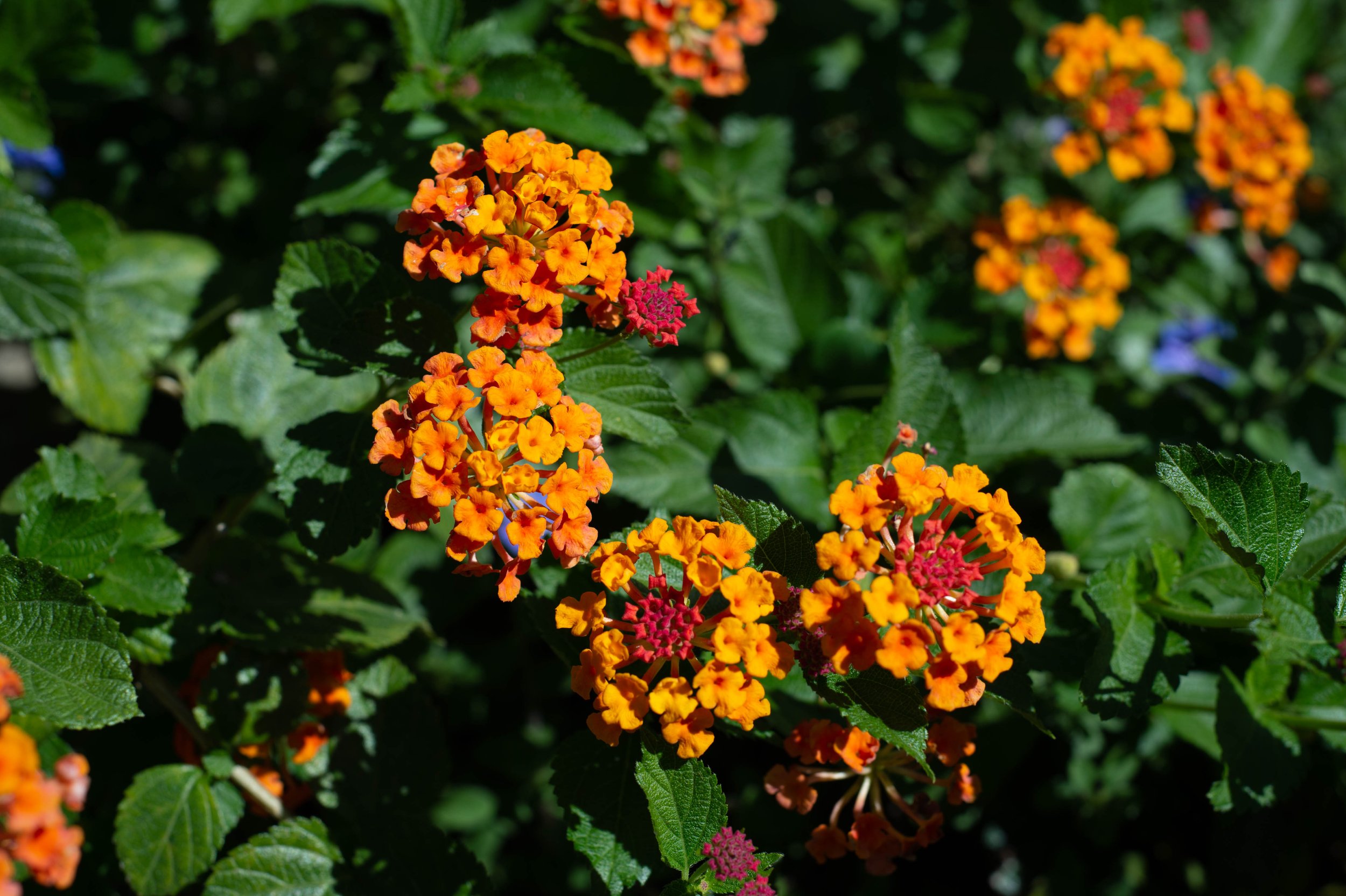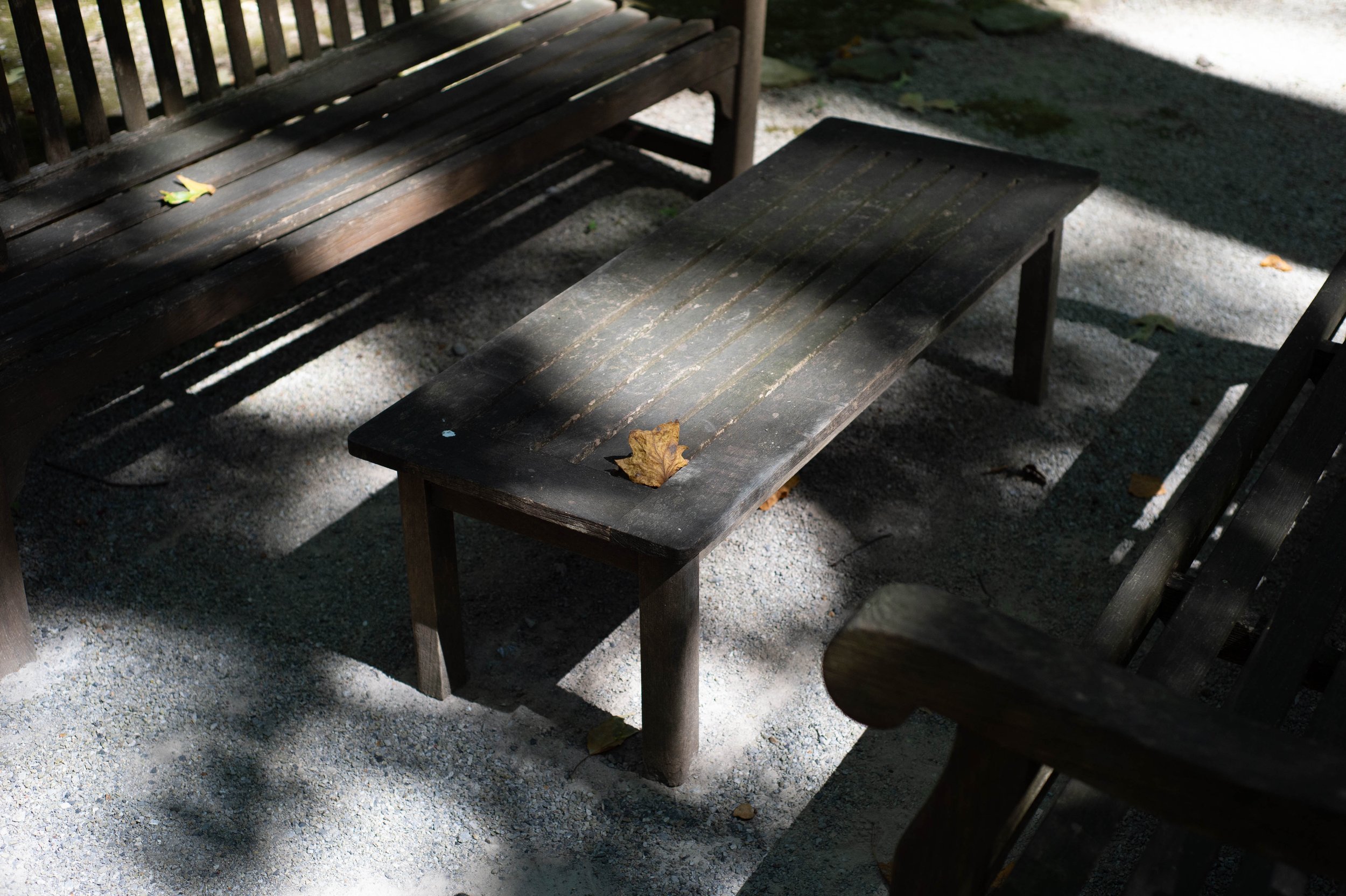Film is beautiful. It has a history spanning 140 years and most people reading this probably have some photographic print from the way-back time prior to digital cameras. A casual flip through this site and many others shows that film hasn’t died out at all. Its primary consumer demographic has changed due to the advent and market phenomenon of digital photography and smart phones, but it’s still here. In the room next to me sits nearly 200 feet of color and black and white film in bulk, another year’s worth of medium format and 35mm pre-packaged film, 100 or so sheets of 8×10 photographic paper, and all the chemicals to last me at least 3 more years if I only shoot black and white.
Sounds lovely, but at some point even I don’t like the process of processing film. Even a film fanatic like me wants to just go out and make nice photos and have the instant gratification of hundreds of images on a memory card, a nearly unlimited shot count, and the simple joy of not having to stop every 15 – 36 shots to reload. No pockets full of film canisters. No forgetting which rolls in my aforementioned pockets were pushed or pulled in camera. No headaches fighting dust and fingerprints and spending hours scanning negatives.
<sings> In the white room… that’s a dark room… in my closet </sings>
There’s a catch, though. It’s equally tedious moving from professional film cameras of the 70s to professional digital cameras of the modern era. I’m used to manual focus lenses with aperture rings, dials on the top plate for exposure compensation and shutter speed. My ISO dial on my film cameras works with my in-camera light meter to properly set shutter speed, not pick which ISO I want to shoot for which shot. Digital cameras have jog wheels and Fn buttons. They have M,A,S,P modes, auto-bracketing, AutoISO, Dynamic Range, Vignette Control, Noise Reduction, and worst of all – a menu screen. The worst of the menu screens are the 1×2” ones on the top plate of pro DSLRs.
Nikon FG-20 with AF-S 28mm f/3.5 – No LCD top plate
I don’t want to set anything on my camera with a jog wheel, or have to look on top of the camera at an LCD. I like the simplicity of analog controls, and the lack of professional level modern features like double-digit frame rates, microphones, and HD Video. In today’s world, though, who makes a camera like that to suit the grumbling hipster like me ? Fuji and Nikon, for those of us proletariats that can’t afford the bougie price point of Leica cameras.
Fujifilm X-series cameras have all the dials. I can confirm. I own the X-Pro-1, the X100T, and the X-T2, the latter being a gift to the wife when I bought my second X100T. These cameras are amazing. They have in-camera Fujifilm film emulations for the most popular of their film emulsions. Velvia, Provia, Astia, even Fujicolor if you use “Standard” mode. The in-camera JPEGs are printable to poster size, the grain is beautiful and manageable, and the raw images are a pleasure to work with. The only downside, if you can even call it one, is the APS-C sensor. Not because it’s a bad sensor. On the contrary, the X-Trans sensor family is hands-down one of the best APS-C sensors ever made. But I wanted full-frame 24x36mm, and I wanted something I could use all my old glass on without adapters. Again, not a ‘con’ to all the Fujifilm, this is a personal preference.
This desire for a full frame, manual camera that has modern amenities and analog dials is totally a me thing. I want a full-frame sensor in a camera that screams “this guy will chew your ear off about cameras if you get him started” so my options are few. I could go spend my kids inheritance on a Leica M10/M11, but then I would be stuck in manual focus mode forever. Plus, I might actually want more than one lens, and at $5-10K per lens, well… I’m just too lazy to get a second job. Sony makes arguably the best full-frame consumer non-rangefinder mirrorless around, but the dials are all letters and pictures — read: modern. In order to get a modern full frame camera with analog dials, I had to go back to 2012.
Enter the Nikon Df.
Nikon Df with Nikkor 50mm f/1.8D
I’m not sure why they still don’t make this camera, but knowing how businesses work I’d say it wasn’t a huge seller. I can understand that. It came out in direct competition — I use that term loosely — to the Nikon D4 and D610. That’s interesting in itself because this camera is what happens if a D610 and D4 had a baby. It has the pro series D4 sensor with the slower AF and shutter mechanism of the D610, and it was priced at nearly $3000 in 2012. More than one reviewer at the time of release suggested just buying the D610 instead.
Personally, at this stage of my photographic journey, I have no desire to use a modern DSLR. This has everything I need. It is full frame, it has all the fiddly dials on top (although it has a jog wheel for use in P mode), and mounts every piece of Nikon glass I own. It was also not $3000 unless you want new-in-box old stock. Used, they come in at a third of that.
First impressions: Do a factory reset and turn off that stupid function that requires all !@#$%ing AF-D lenses be locked in f22 while throwing the fEE error. The first ten minutes I wanted to toss this camera at the designer from Nikon that thought people put manual lenses on cameras so they could be forced to shoot full-auto. Second, the light meter is finicky in A mode, but that’s recoverable in Lightroom, conveniently, with a simple press of the Auto tone button. The extended eye protector on the back of the view finder is made of Satan’s butthole. It obscures the frame so composition is horrible if, like me, you wear glasses. The battery life is amazing, though. I shot a car show with it yesterday and the Dixon Gardens with it today on one battery, and it still shows full charge. I shot a couple hundred frames.
The images are to die for. Full frame images have some serious oomph.
“The images are to die for.” -Your Humble Author
JPEG straight from the memory card, no edits.
JPEG straight from the memory card, no edits.
JPEG straight from the memory card, no edits.
JPEG straight from the memory card, no edits. This one suffers from the eye protector getting in the way of composition.
JPEG straight from the memory card, no edits.
And here are photos I shot today at the Dixon Gallery. With the odd eyepiece removed, I was able to properly compose and not chop off parts of the subject.
Don’t get me wrong, and don’t let the title mislead you. I’m not leaving film. However, film is getting really expensive right now with the supply chain shortages, and I’m not shooting enough to justify the expiration of chemicals or the processing costs to ship my film off to get it developed. No, this camera has actually been on my short list since about 2016 and I finally had the opportunity to snatch one up. What this camera does is give me options while saving me from the paralysis by analysis that I suffer every time I have to pick a camera and a film to take with me on an outing. This camera is a no-nonsense DSLR that makes me almost forget I’m shooting digital.
Now I need to go scan those two rolls of Kodak Ektachrome 100 slide film I shot on the Bronica two weeks ago…
















